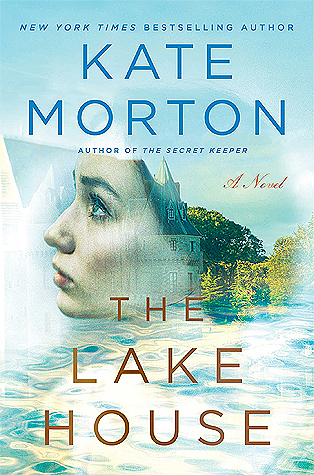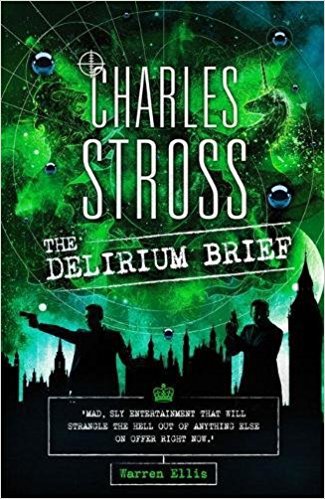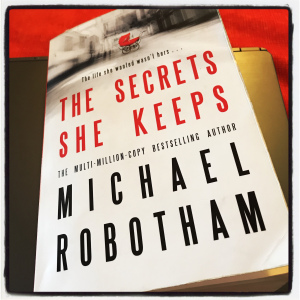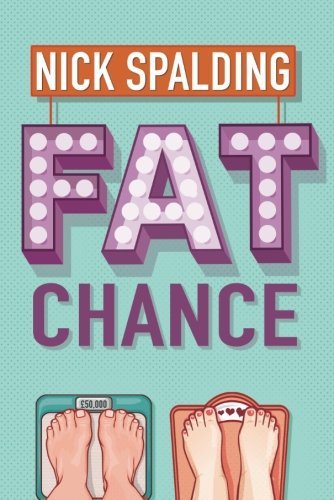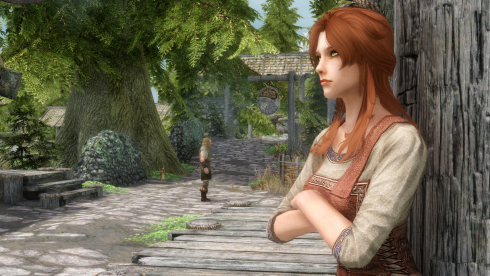Download links for: The Elements of Story: Field Notes on Nonfiction Writing


Reviews (see all)
Write review
Best book on non-fiction writing (column-type writing) I've ever read.
Excellent book. I need it on my shelf in order to refer to it often.
Saundra recommended.
3.5 stars.
Other books by Nonfiction
Related articles

